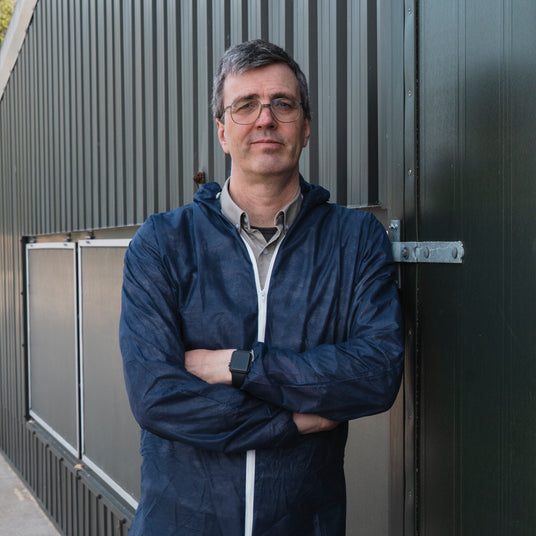A high pressure misting system is far more than just a cooling tool for poultry houses – when used correctly, it can have a meaningful impact on both bird health and overall productivity right across the production cycle. Let’s break it down in a very practical, human way.
Managing Heat Stress
One of the biggest challenges in modern poultry production is keeping birds comfortable when temperatures rise. Birds don’t sweat, so they rely heavily on panting to regulate body temperature. This takes energy away from growth or egg production and, in severe cases, leads to heat stress, higher mortality rates, and reduced productivity.
A high-pressure misting system produces an ultra-fine mist that evaporates almost instantly, cooling the air without wetting the litter. This creates a more stable environment where birds remain calm, eat normally, and continue to put on weight or maintain egg production even in hot weather. Essentially, you’re removing a major seasonal barrier to performance.
Improving Air Quality
Good air quality is just as important as temperature. High-pressure misting reduces airborne dust and dander, which in turn lowers the risk of respiratory issues. Birds that breathe cleaner air are healthier and less prone to infections. Workers benefit too – a house with less dust is a safer and more pleasant place to be in.
By knocking down particles that might otherwise carry pathogens, misting also indirectly helps reduce disease pressure. While it’s not a silver bullet, it supports the wider biosecurity strategy and makes the environment less stressful for the flock.
Supporting Hydration and Feed Intake
When birds are hot and stressed, feed intake is usually the first thing to drop. A cooler environment achieved through misting keeps them eating consistently, which directly supports weight gain in broilers or steady egg output in layers.
There’s also a hydration angle: when birds pant less, they lose less moisture through respiration. This helps them stay better hydrated without putting unnecessary strain on water systems.
Creating a Consistent Environment Across the Shed
Uniformity is a word every poultry producer values. The more even the environment across the shed, the more uniform the flock will be. High-pressure misting systems help to remove hot spots, keeping conditions more consistent from one end of the shed to the other. This means fewer weak performers, less variation in growth rates, and ultimately, a more predictable and profitable flock.
Welfare and Behavioural Benefits
Birds that are comfortable behave differently – they’re calmer, less aggressive, and less prone to piling or feather pecking. By giving them an environment where stress is minimised, misting supports better welfare outcomes. And in today’s market, where consumers are increasingly concerned about animal welfare, that’s not just an ethical advantage but a commercial one too.
Benefits Across the Production Cycle
Brooding: In the early weeks, misting can help stabilise humidity, reducing dehydration in chicks and improving overall chick start.
Growing: During peak growth stages, controlling heat and dust ensures birds can achieve their genetic potential for weight gain without setbacks.
Laying / Breeding: In breeders and layers, maintaining steady intake and minimising stress leads to better egg production and fertility rates.
At every stage, the system works quietly in the background to protect health, welfare, and performance.
A System That Pays for Itself
When you look at the bigger picture, the investment in a high-pressure misting system is quickly justified. Fewer losses from heat stress, improved feed conversion, steadier growth, and enhanced welfare all add up to healthier flocks and better margins. It also shows a commitment to high standards of management – something increasingly valued by integrators, auditors, and retailers.
Misting In Simple Terms
A high-pressure misting system creates a healthier, more stable environment for birds. It helps them cope with heat, improves air quality, supports hydration and feed intake, and evens out performance across the shed. By reducing stress and disease pressure, it gives producers the best chance of achieving consistent productivity throughout the cycle.

